History of Pantomimes
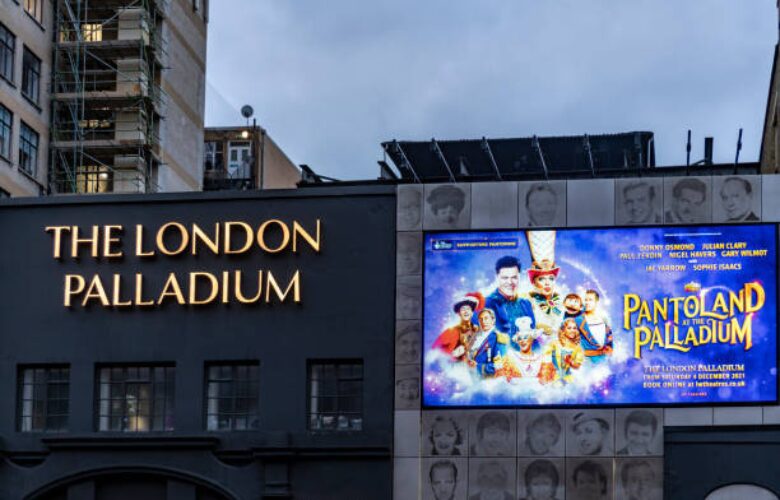
The United Kingdom has a long standing history of pantomimes, or pantos as locals know them. Perhaps best known for its family friendly musical comedy, pantomimes are performed primarily throughout the United Kingdom (and parts of Ireland) during the winter holiday season. In the performing arts industry, this time of year is known as “panto season” because of how many pantomimes are being produced by venues and touring companies. These days it is not uncommon to see a pantomime with slapstick comedy featuring a top 100 song. Pantomimes have a long history of theatre dating back to classical theatre and ancient Rome…
In the 16th century commedia dell’arte, formerly known as Italian comedy, was widely popular across Italian theatrical stages and soon spread across Europe. In ancient Rome, the pantomimes were loosely based on myths or legends. Unlike today, the story was primarily by two actors. The actors would switch between roles with different masks and were reliant on classic tales for story inspiration.
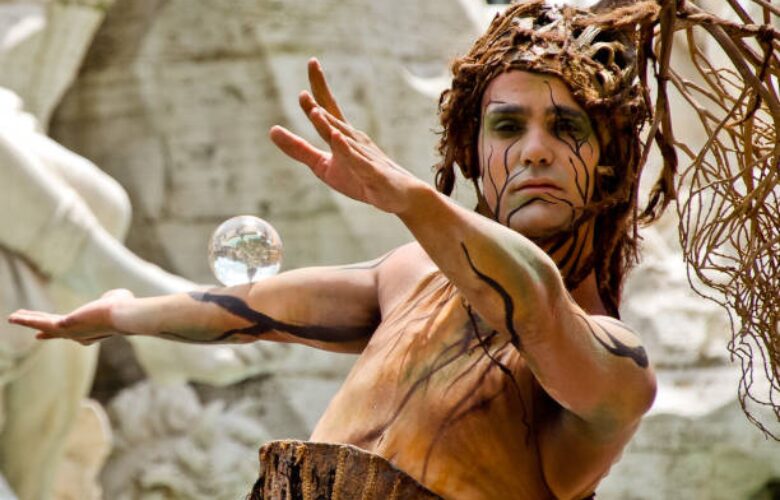
Early renditions of pantomimes in Rome had a large influence in other art forms including statues, literature, dances and paintings.
By the 17th century, pantomimes had taken root in Great Britain. The main differences that the British changed about the pantomimes was the addition of other actors on the stage to help portray different characters. These included theinnamorati (young lovers), thevecchi (old men) such asPantalone, thezanni (servants) and sometimes theHarlequin character.
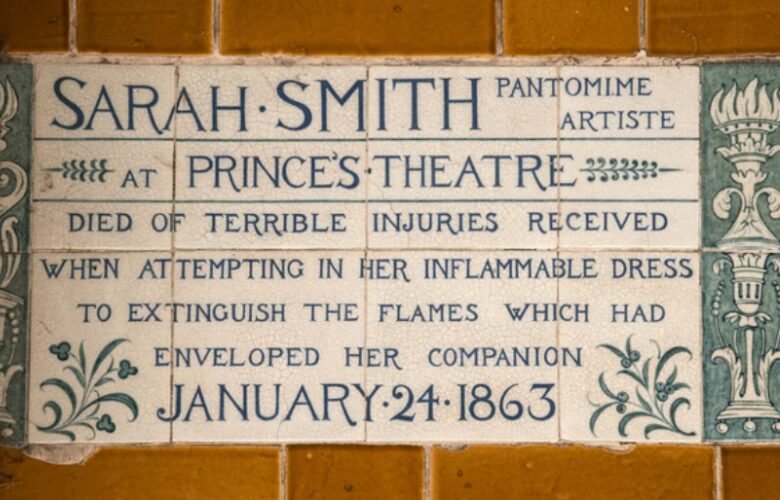
Tavern Bilkers, by John Weaver, is credited as the first pantomime produced on the English stage back in 1702 at Theatre Royal, Drury Lane in London’s West End. The production was unfortunately not a success and he waited over a decade before attempting to produce his next pantomime. His next story took to audiences well and became a regular seasonal feature at Drury Lane.
In later years British pantomimes became more comical with additions of theatrical effects. Seeing the growing popularity, other theatres in London began to produce their own pantomimes aiding in the spread of pantomimes throughout the United Kingdom. Obviously not all citizens under the British empire would know the legends and stories from Greece and Italy, so pantomimes began to tell stories from classic English literature. By this time, children were allowed to go to theatre in the United Kingdom adding to the need for comedy. From the 1800’s to modern day, pantomimes have since become family friendly performances performed during the winter holiday season. But why are they still so popular after all this time?
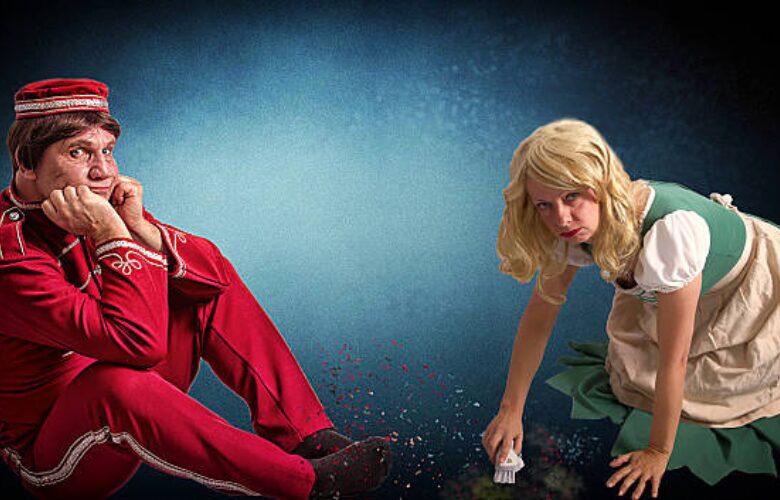
In the history of pantomimes, British pantomimes have definitely lasted throughout the years – a difficult task in the fast paced changing environment of performing arts. As everyone in the United Kingdom will attest to, you can expect to see certain attributes in nearly every pantomime:
The leading male character will typically be played by a young woman in a male’s costume.
The older women in the story will likely be men in drag.
Risqué innuendos meant to go over the children’s heads in the audience but entertain their adult accompaniments.
Lots of audience participation.
Even more singing.
Bright red and green lighting and set.
Over the top makeup with outlandish costumes.
A slapstick comedy routine that will most definitely have everyone running around on stage.
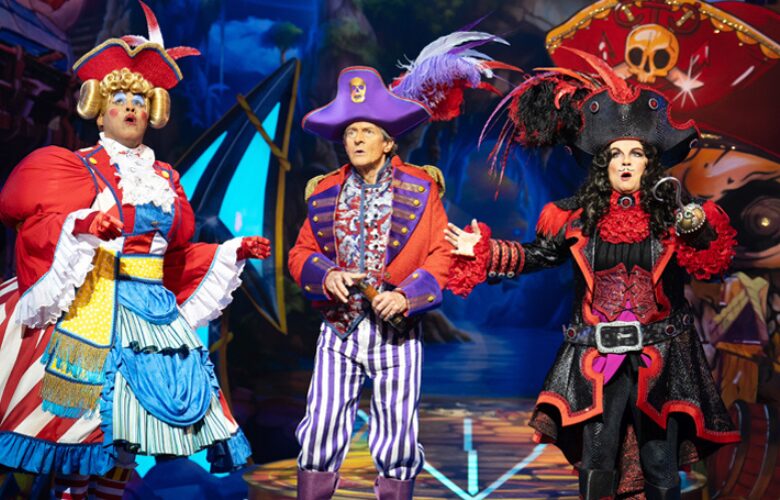
While audiences can expect to see pantomimes in other countries during this time (including Switzerland, Canada, Jamaica, South Africa, Malta and France) pantomimes have the strongest modern standing in the United Kingdom with pantomimes being responsible for 20% of all live performances in any one year.
All photos from iStock Photo.
Back to Home
Editor's Note: At StageLync, an international platform for the performing arts, we celebrate the diversity of our writers' backgrounds. We recognize and support their choice to use either American or British English in their articles, respecting their individual preferences and origins. This policy allows us to embrace a wide range of linguistic expressions, enriching our content and reflecting the global nature of our community.
🎧 Join us on the StageLync Podcast for inspiring stories from the world of performing arts! Tune in to hear from the creative minds who bring magic to life, both onstage and behind the scenes. 🎙️ 👉 Listen now!
